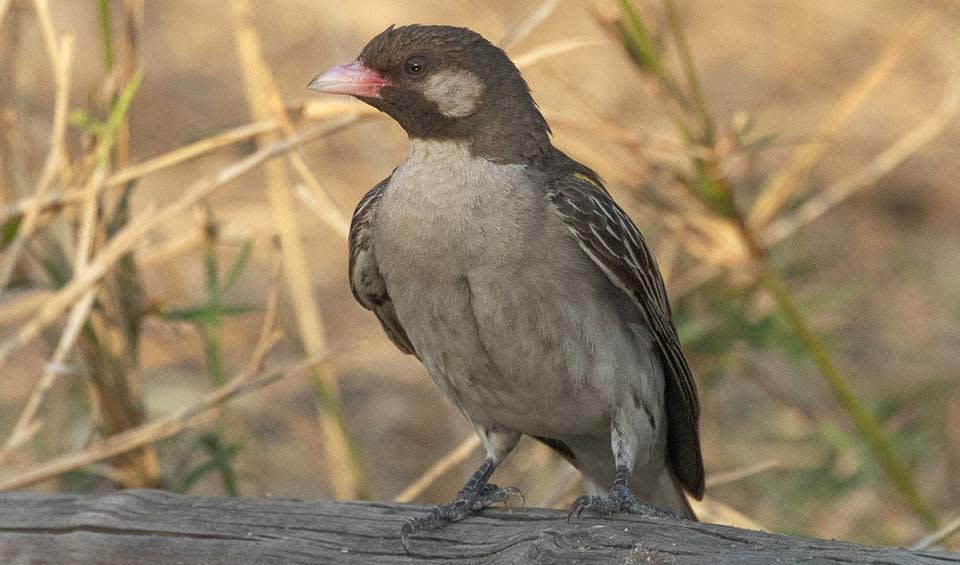Piciformes – Woodpeckers & tucans
Did you know woodpeckers peck on wood as a form of non-vocal communication?
An order of arboreal or tree-living birds that includes the rhythmic woodpeckers, diminutive piculets, twisting wrynecks, elusive puffbirds, vibrant barbets, sleek jacamars, resourceful honeyguides, and iconic toucans with oversized, colorful bills. These birds are often characterized by their specialized beaks and feet, which are adapted for drilling, climbing, and foraging in trees.
Woodpeckers, the most well-known members of the Piciformes order, are renowned for their distinctive tapping behavior on tree trunks. They use their strong, chisel-like beaks to excavate holes in trees, creating cavities for nesting and storing food. Their long, sticky tongues help them extract insects and larvae from deep within the crevices.
Toucans, on the other hand, are known for their vibrant, colorful beaks. These beaks, which can sometimes be larger than their heads, are lightweight and serve multiple purposes, including feeding, courtship displays, and temperature regulation. Toucans primarily consume fruits and berries, using their serrated edges to cut through the tough outer skin.
Barbets are small, plump birds that inhabit tropical and subtropical regions. They have short, stout beaks and bristles around their mouths, which aid in capturing insects and fruits. Barbets are often seen clinging to tree trunks, using their strong feet and tail feathers for support.
Honeyguides are fascinating birds that have a unique relationship with humans and other animals. They lead humans and certain mammals to beehives by emitting distinctive calls. Once the hive is opened, the honeyguide feeds on the exposed honey and beeswax, while the human or animal companion gains access to the honey.
Nesting within cavities offers protection for the altricial young of these birds, which are born blind and featherless. Parental care is extensive, with both parents often sharing the responsibilities of feeding and protecting the nestlings.
Despite their fascinating adaptations, many Piciformes face threats from habitat loss and degradation. Conservation efforts are vital to protect these species and maintain the delicate balance of their ecosystems. The preservation of the Piciformes order is crucial not only for their inherent value but also for the health of forest environments worldwide, where they contribute to insect population control and seed dispersal.
Families in this order
Legs made to cling to trees, beaks made to drill into the trunk
This group is in between toucans and woodpackers
Some of the most iconic birds; symbols of the tropics
Medium-sized, mostly green-colored birds inhabiting the tropical Southeast Asia forest
Masters at annihilating the nests of bees with extreme efficiency
This group includes the chunkier versions of the barbets
Big & heavy barbets








